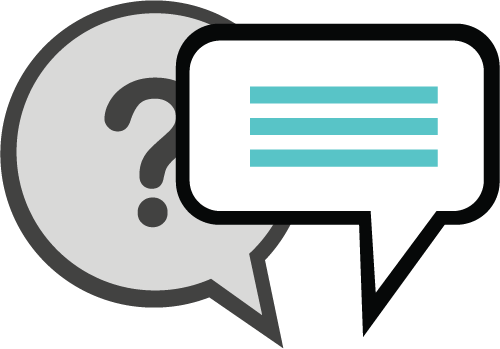HR planning is important. Even in the smallest businesses, understanding human resource needs and planning to meet those needs are keys to profitability and business growth. Here are five steps to help you establish or examine your HR policies and practices.
Step 1. What are your business goals and needs, and what are the HR implications?
Your HR plan must support the goals and needs of your organization (e.g., need for seasonal workers, goal to expand the business). The human resource implications in terms of staffing, training, performance management, etc., should be considered at an early stage.
Step 2. What are the drivers and inhibitors?
Identify the drivers and inhibitors that could impact human resource activities and support or hinder your business goals/needs, including:
- External factors, e.g., new legislative requirements, labour market realities
- Internal factors, e.g., employee survey results, potential retirements/ departures
Step 3. What are the gaps?
Identify gaps between current HR capacity and that required to meet business needs, such as:
- Skills needed to implement a new initiative
- Sufficient staff to provide prompt, quality service
Step 4. What are the critical gaps that need to be addressed?
Assess the risk associated with critical HR capacity gaps (i.e., how severe would the consequences be if particular gaps were not addressed?). Prioritize critical gaps and how they will be addressed: key steps, timing, and who will do what.
Step 5. Are you meeting the business goals and needs?
Measure results to determine whether business goals and needs have been met (e.g., do you have sufficient staff available for the peak season; was your business expansion successful).

Not sure where to begin? Start with the Emerit HR Toolkit.
Its guidebooks, worksheets, checklists and templates will help you develop a winning HR plan!
